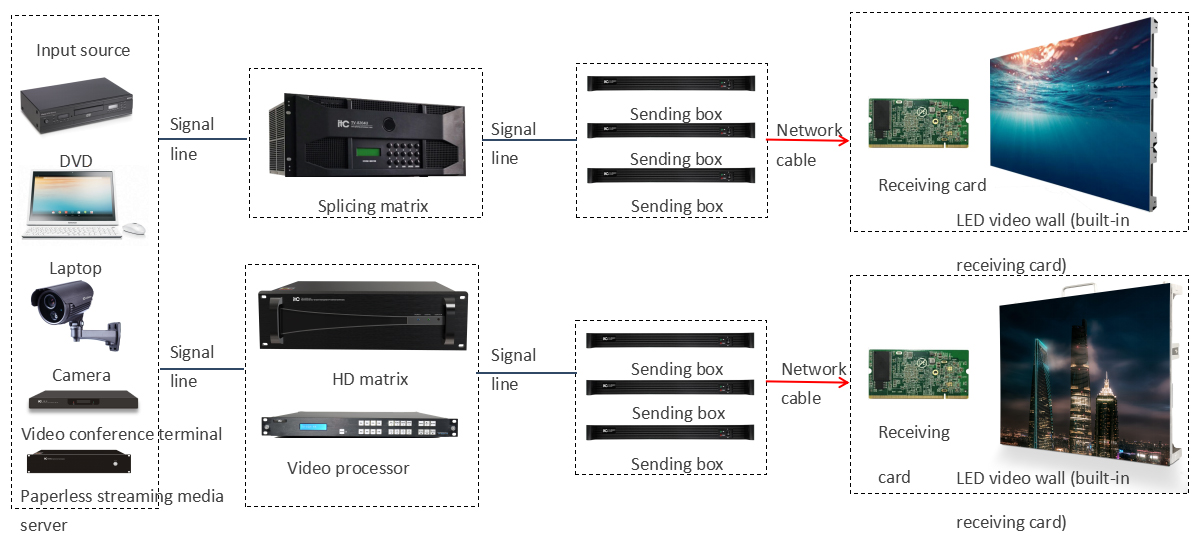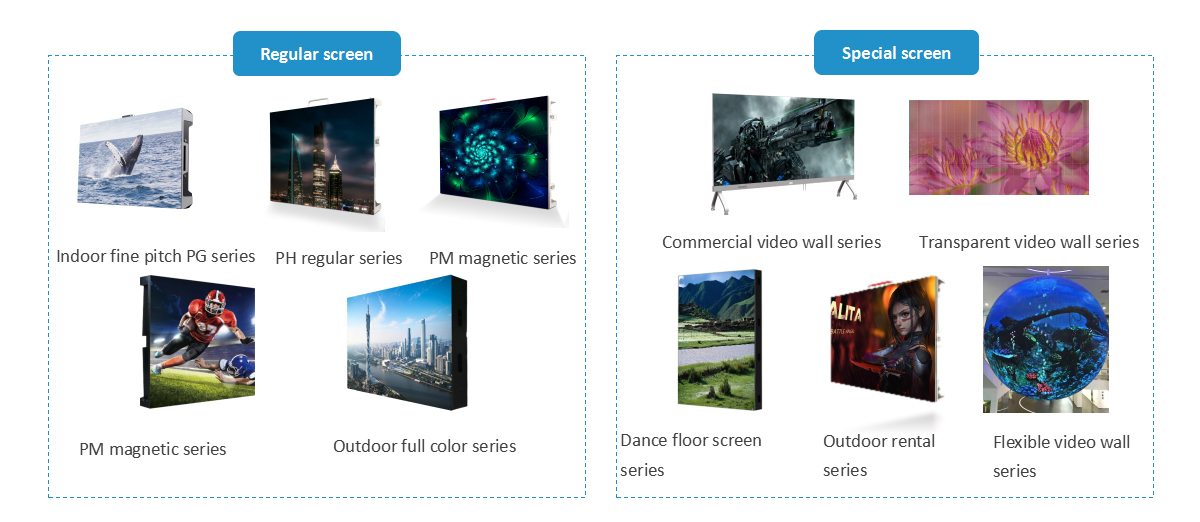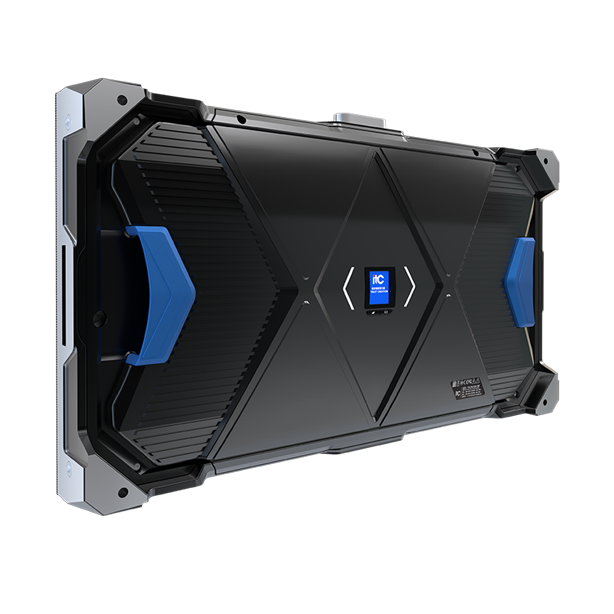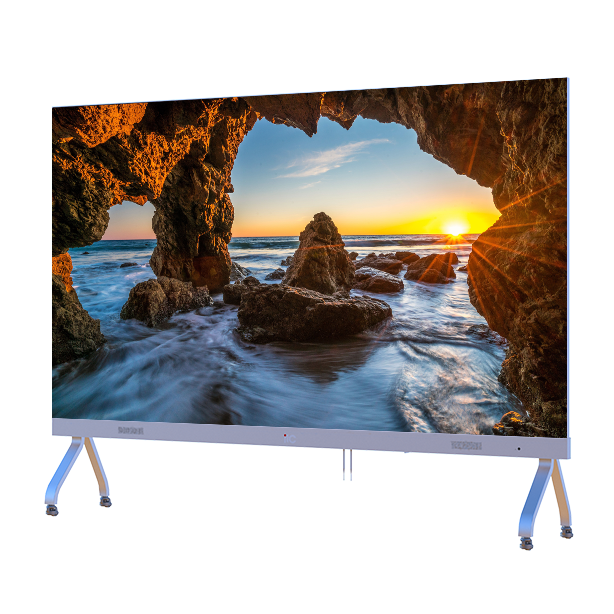
- General
- Solutions
- Products
- Cases
- Technology
- News

Many customers ask us about LCD screen information, Now let's tell you the difference between them and the applicable place. Whether updating an existing control room or building a new space from scratch, your organization must make a lot of decisions regarding technology. Of all the components that go into a control room, the operators’ data visualization system is one of the most important. If a large-scale video wall is right for your team, choose the system’s displays carefully. Two of the most popular display types are LED and LCD. While they may seem similar on paper, both have advantages and disadvantages. Let’s take a step back from the control room as a whole and consider some of the key features of LCD vs LED display in order to make the right choice for your video wall.

LCDs
LCDs (or Liquid Crystal Displays) are composed of two polarized pieces of glass surrounding a layer of liquid crystals. The liquid crystals have properties similar to both liquids and solids. However, the molecules can still be arranged in a crystal-like structure. Images in the display are created when an electric current forces the crystals to shift as light passes through them. Liquid crystals themselves aren’t light-emitting, so standard LCD panels feature their own backlighting array that shines through the arrangement of liquid crystals to create the display’s picture.
LEDs
An LED (or Light Emitting Diode) video wall is similar to an LCD. However, unlike LCD, LED uses an array of light-emitting diodes as individual pixels across the entire display. Hundreds and hundreds of LEDs across the display are grouped in clusters of red, green, and blue which provide their own light while producing the required image.
Direct View LED debuted in the 1960s as a low-resolution display type for outdoor lighting and signs, since they were bright enough to compete with sunlight. However, over the years the technology has evolved to much smaller diodes. These advancements made led video display panel a terrific option for indoor video walls.

itc produces indoor, outdoor and commercial large LED screens with various pixel pitches,as well as LED system integrator.

Indoor LED Screen
Especially high-end BL0.9/1.2/1.4/1.5/1.6/1.8/2.5, it covers the mainstream pixel pitches on the market, meeting the display needs of various application scenes.Using the die-casting and seamlessly spliced design, it has no visual black seam in the splicing. It can be flat and curved spliced. It adopts anti-electromagnetic radiation, anti-impact, dust-proof and mute design, and supports front/rear maintenance.

Outdoor LED video wall
P3/4/5/6/8/10 Outdoor LED video wall, as the new favorite of outdoor advertising media, is widely used in transportation, education systems, stations, docks, airports, shopping malls, hospitals, hotels, banks and other public places. It supports media display, information release, traffic guidance, creative display, etc.

LED commercial video wall
itc Commercial video wall is currently designed to be 110 inches, 138 inches, 165 inches, and 220 inches, covering meeting rooms, report halls, hotels, art performances and many other fields. Using standard resolution and display ratio, using PWM control technology, low brightness and high grayscale, static and high dynamic pictures are fine and lossless. No optical splicing 1920*1080 resolution, 16:9 display ratio; built-in Android system, support WPS office software, clock, welcome interface, calendar and other applications; support remote control, wireless mouse control; built-in one-key power on/off, etc.

LED Advantages
LED panels can be easily tiled together for a virtually seamless canvas, i.e. no bezels. Aside from this aesthetic benefit, the brightness, enhanced color accuracy, and overall refresh rate of LEDs make this display type a vibrant choice for control room spaces that need to monitor data-driven applications such as SCADA layouts.
Ultimately, when evaluating LCD vs LED there is no single option that is uniformly better than the other – it will depend on your specific use case. When it comes time to decide, you can rest assured you made the right choice by analyzing your needs and your control room. If direct video feeds and high-resolution image clarity are vital, LCD is likely your choice. If static, or data-based imagery and layouts unencumbered by bezels are more important, then your room might be more suited for LED displays. Be sure to partner with the right video wall solutions provider to make certain you’re guided down the right path.